Category: Glossary
-

A/B Testing
What Is A/B Testing? A/B testing, also known as split testing, is a method of comparing two versions of a webpage, app interface, email, or other marketing asset to see which one performs better. How A/B Testing Works 🧪 Here’s a step-by-step process: 1. Form a Hypothesis 🤔 Start with what you want to test…
-
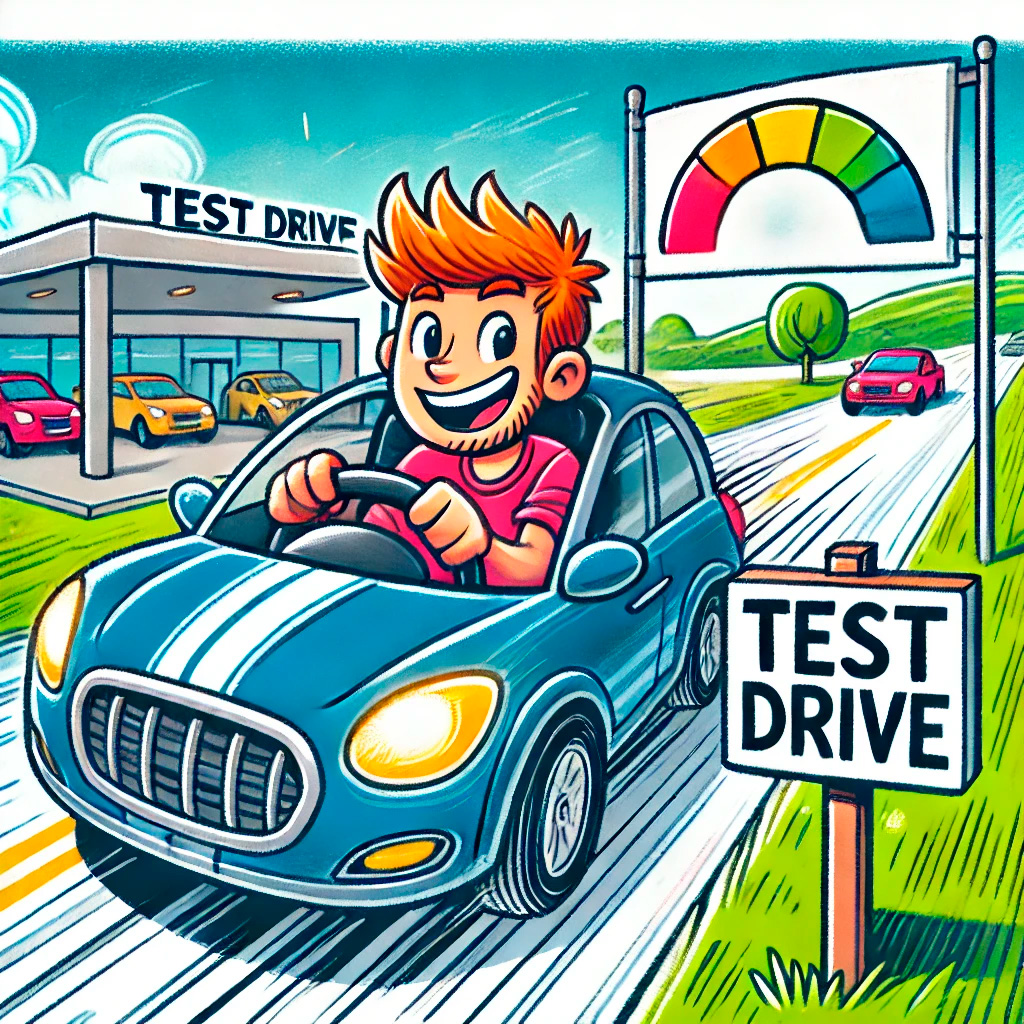
Trial
What Is a Trial? In business, a trial is a period during which a potential customer can use a product or service, usually for free or at a reduced cost, before deciding whether to become a paying customer. Common Types of Trials Free trials: Full access for a limited time 🕒 Freemium: Basic features free,…
-

Channel Sales
What Is Channel Sales? Channel sales is a distribution model where a company sells its products or services through third-party partners, rather than (or in addition to) selling directly to customers. These partners form the company’s “sales channel.” Key Players in Channel Sales Resellers: Businesses that buy and sell products 🏪 Distributors: Intermediaries managing logistics…
-
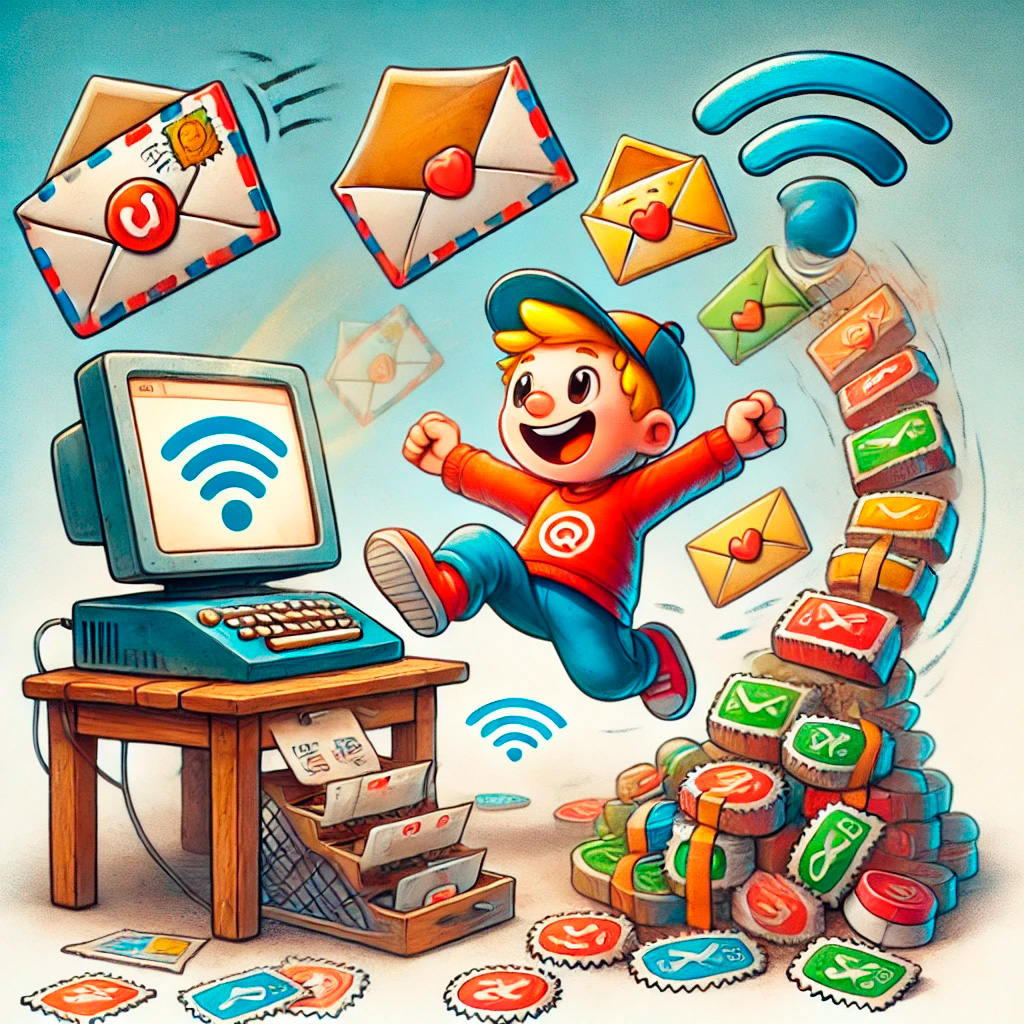
Email Marketing
What Is Email Marketing? Email marketing is a digital marketing strategy that involves sending emails to a group of people to promote products, share news, or build relationships. It’s like having a direct line to your customers’ (or potential customers’) inboxes. Key Components of Email Marketing Building an email list: Collecting subscribers’ contact information 📋…
-
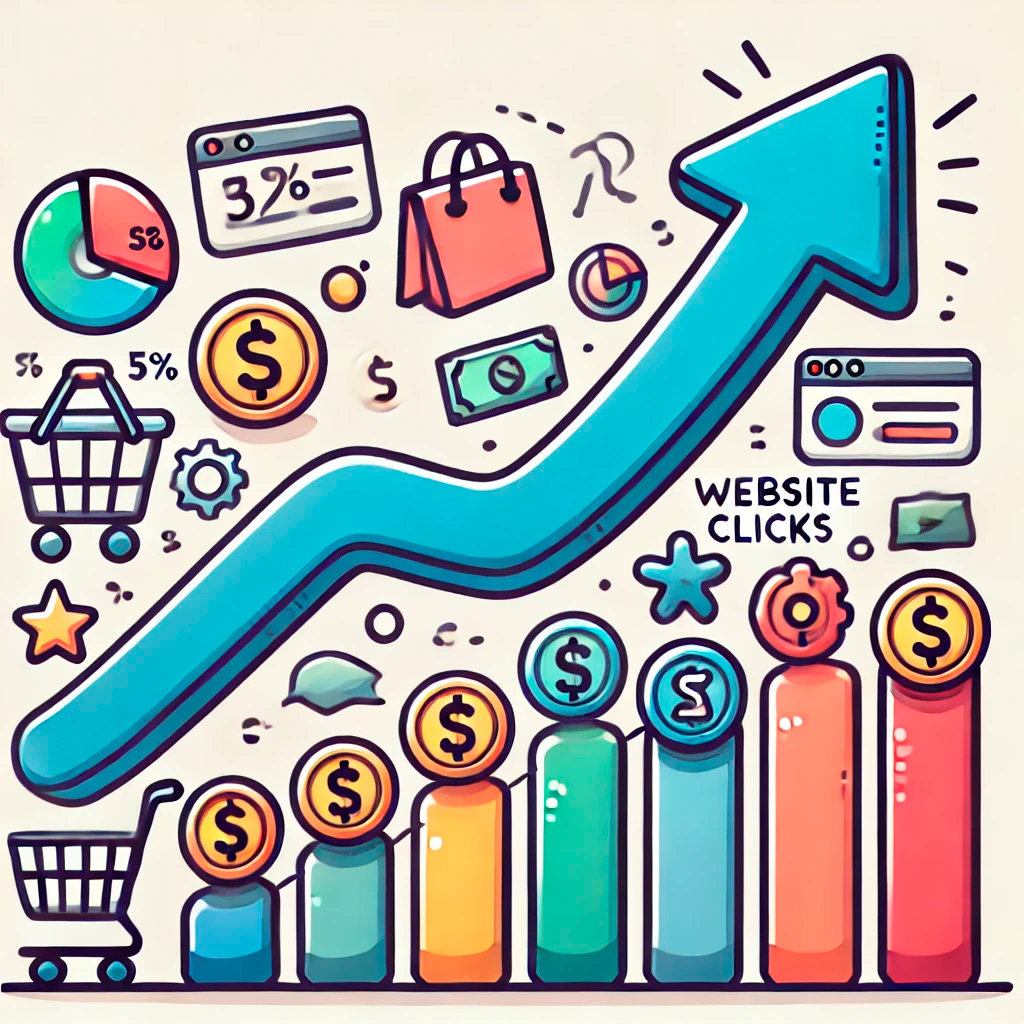
Conversion and Conversion Rate
What Is a Conversion? A conversion happens when a visitor to your website or app takes a desired action. Examples of a conversion could be: Making a purchase 🛒 Signing up for a newsletter ✉️ Downloading an e-book 📚 Filling out a contact form 📝 Creating an account 👤 Basically, any action that moves a…
-
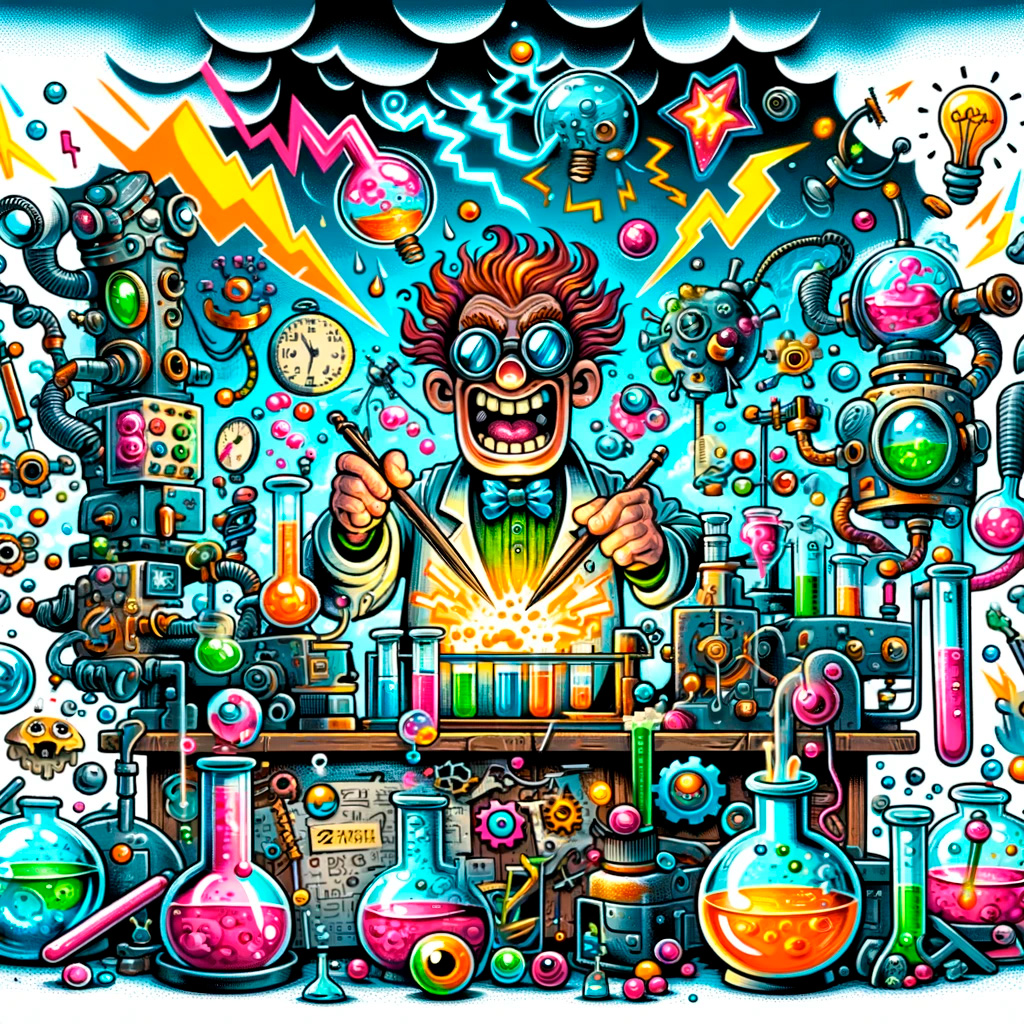
R&D (Research and Development)
What Is R&D? R&D stands for Research and Development. It’s the process of creating new products, improving existing ones, or discovering new knowledge that can lead to future innovations. What Does R&D Include? Basic research: Expanding scientific knowledge Applied research: Solving specific problems Development: Creating new products or improving existing ones 👆 Fun fact: Some…
-
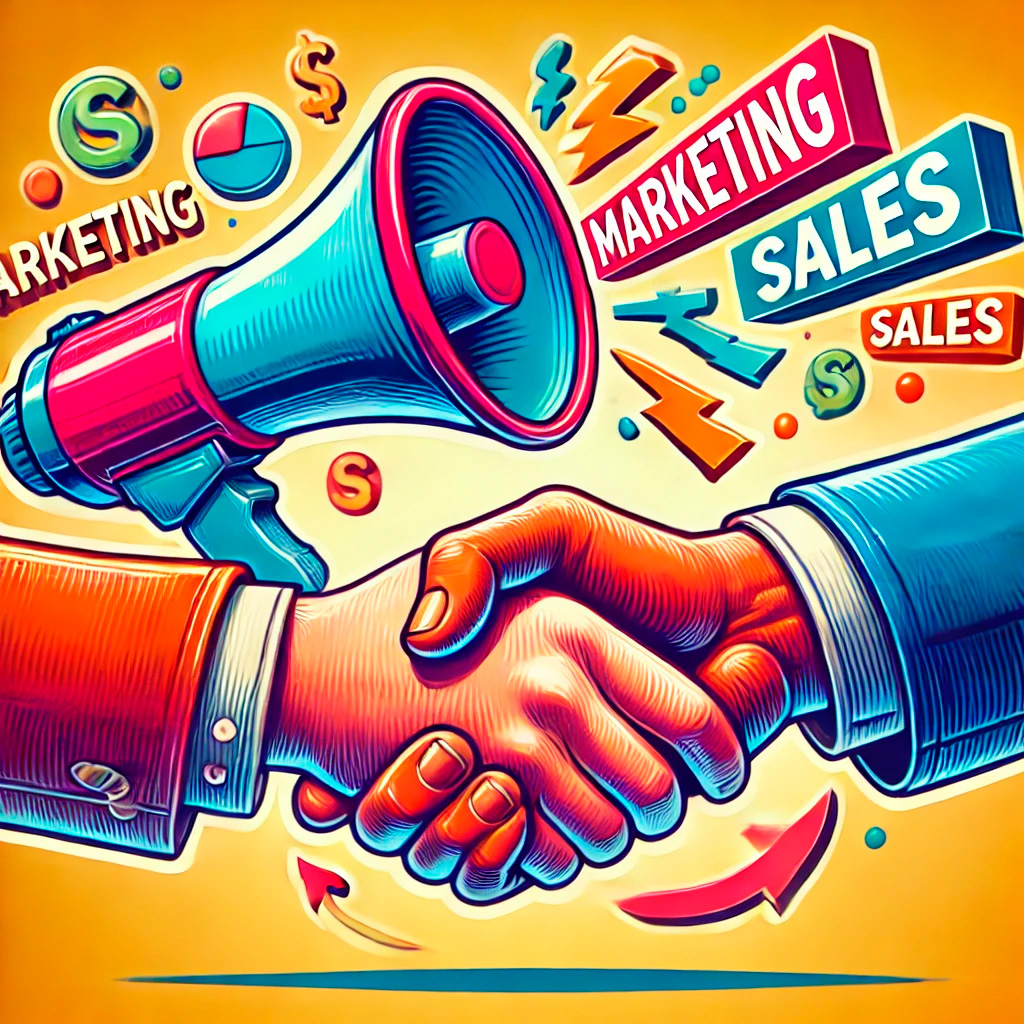
S&M (Sales and Marketing)
What Is S&M? S&M stands for Sales and Marketing. It’s the combination of activities a company undertakes to promote its products or services and convert interested parties into paying customers. Components of S&M Marketing: Brand management Advertising Public relations (PR) Market research Sales: Direct selling Account management Sales strategy Customer relationship management (CRM) 👆 Fun…
-
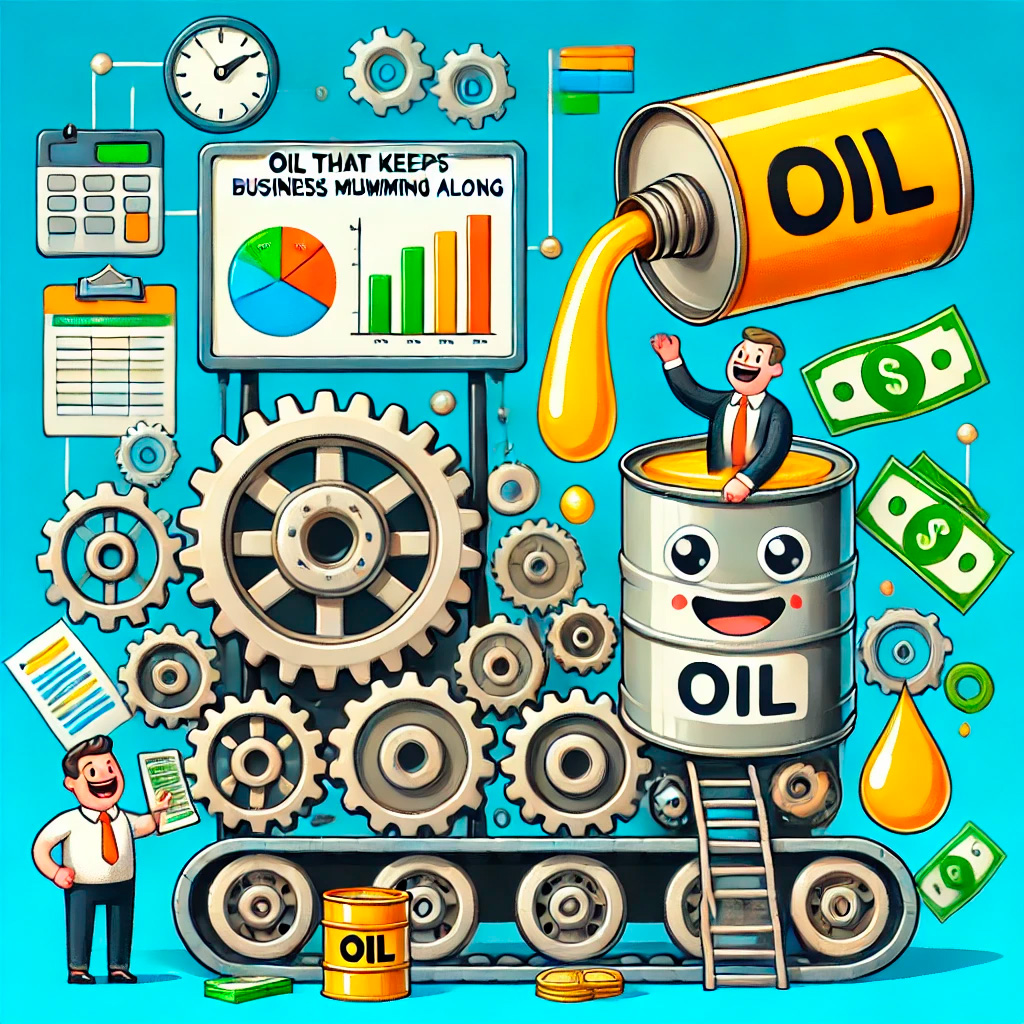
G&A (General and Administrative Expenses)
What Is G&A? G&A stands for General and Administrative expenses. These are the costs a company incurs to keep its daily operations running smoothly, regardless of its production or sales volume. Think of it as the oil that keeps the business machine humming along. Common G&A Expenses Executive salaries Rent and utilities Legal and accounting…
-
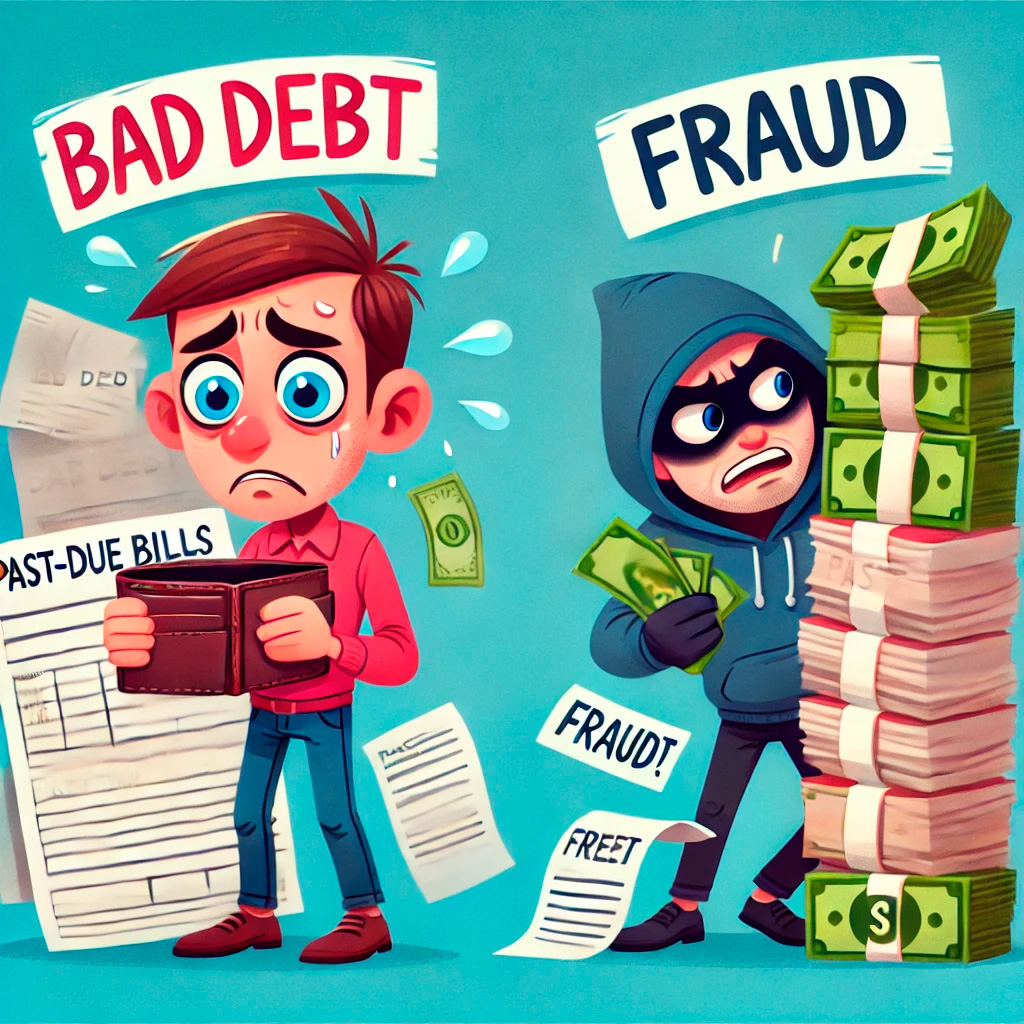
Bad Debt and Fraud
Understanding Bad Debt and Fraud Bad debt is money owed to a company that is unlikely to be paid. It’s like lending your umbrella to a friend on a rainy day and never seeing it again. 🌧️☂️ Fraud is when someone deliberately deceives you for financial gain. It’s like someone using a fake ID to…
-
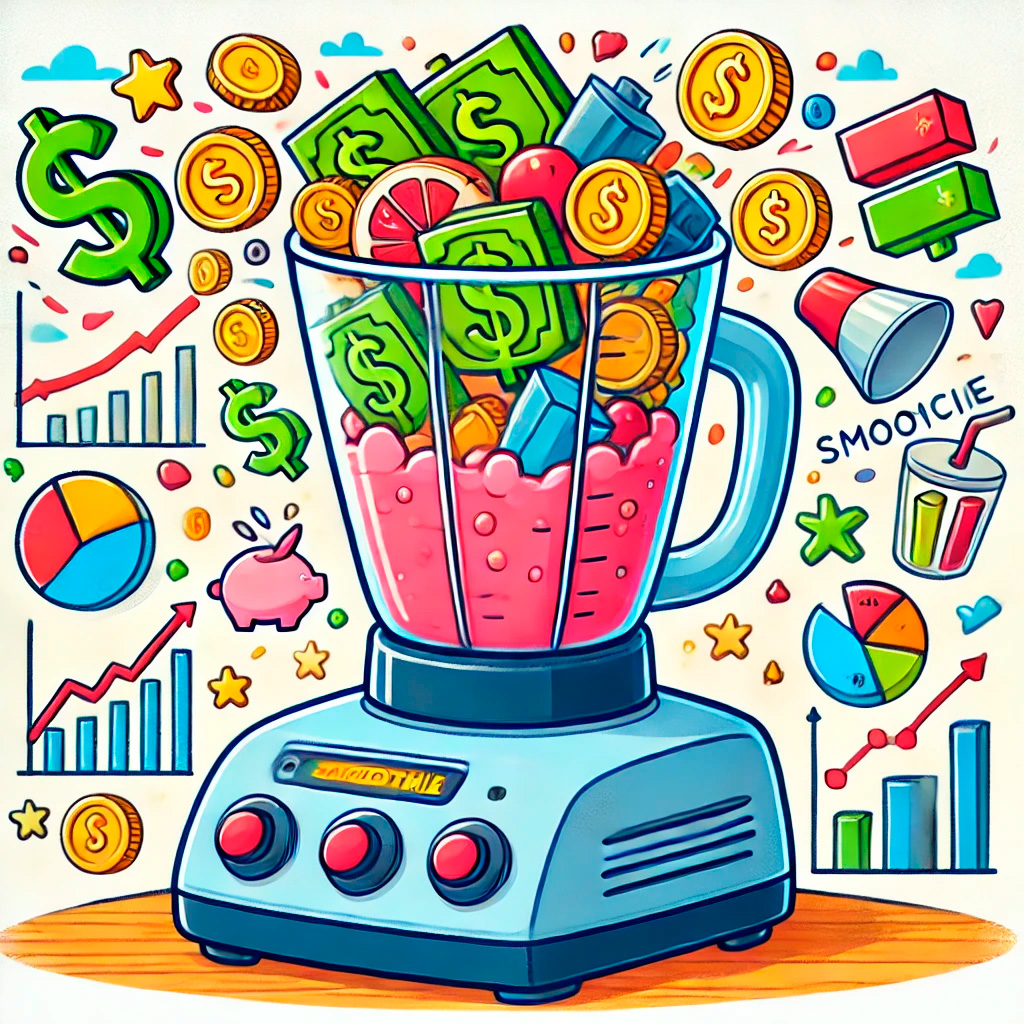
CAGR (Compound Annual Growth Rate)
What Is CAGR? CAGR stands for Compound Annual Growth Rate. It’s a measure that tells you the rate at which an investment would have grown if it grew at a steady rate every year over a specific period. The Formula for CAGR CAGR = (Ending Value / Beginning Value)^(1/n) – 1 Where: Ending Value: The…
-
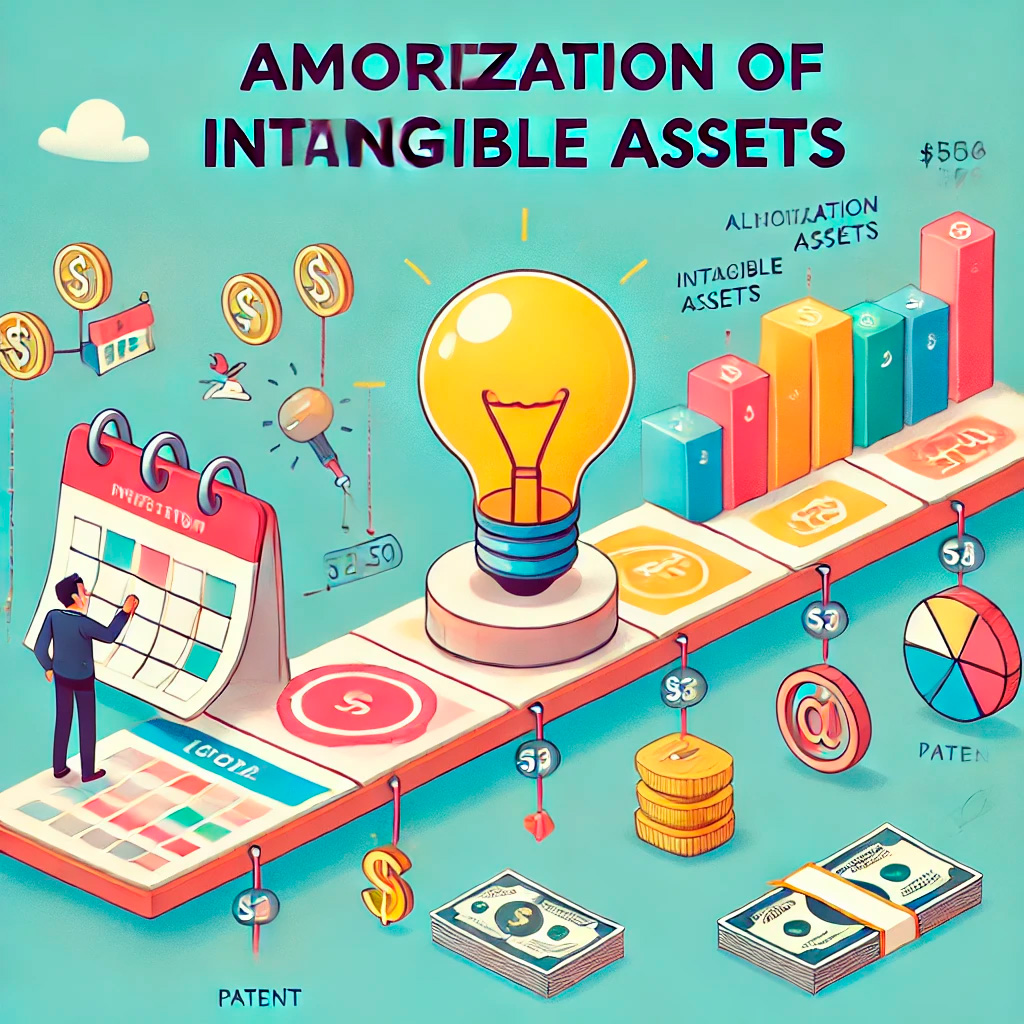
Amortization
What Is Amortization? Amortization has two main applications in the financial world: For intangible assets: Spreading the cost of an intangible asset over its useful life. For loans: Spreading out loan payments over time, gradually reducing the loan balance. Amortization of Intangible Assets This applies to assets like: Patents Copyrights Trademarks Goodwill Software (in some…
-
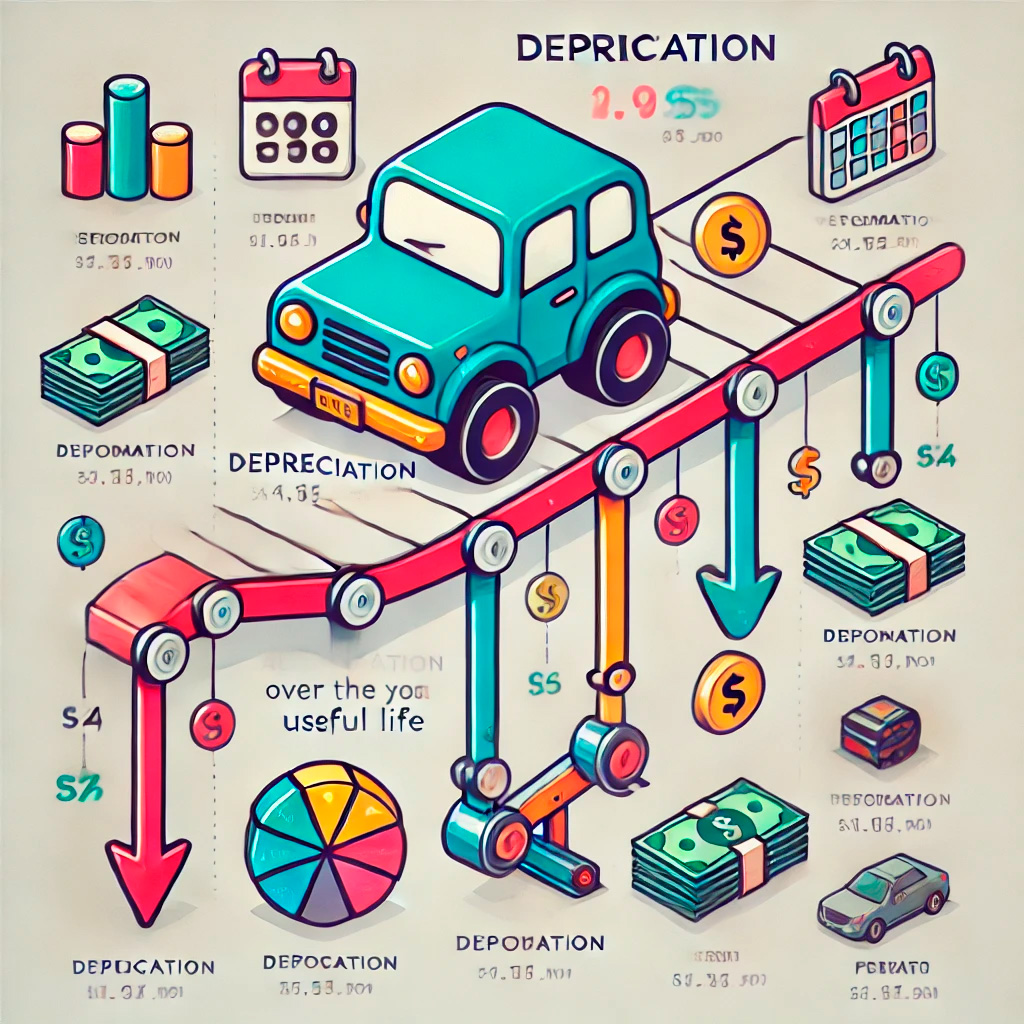
Depreciation
What Is Depreciation? Depreciation is the method of allocating the cost of a tangible asset over its useful life. In simpler terms, it’s a way to spread out the cost of an expensive item over the time it’s expected to be useful, rather than taking the hit all at once. What Does Depreciation Apply To?…